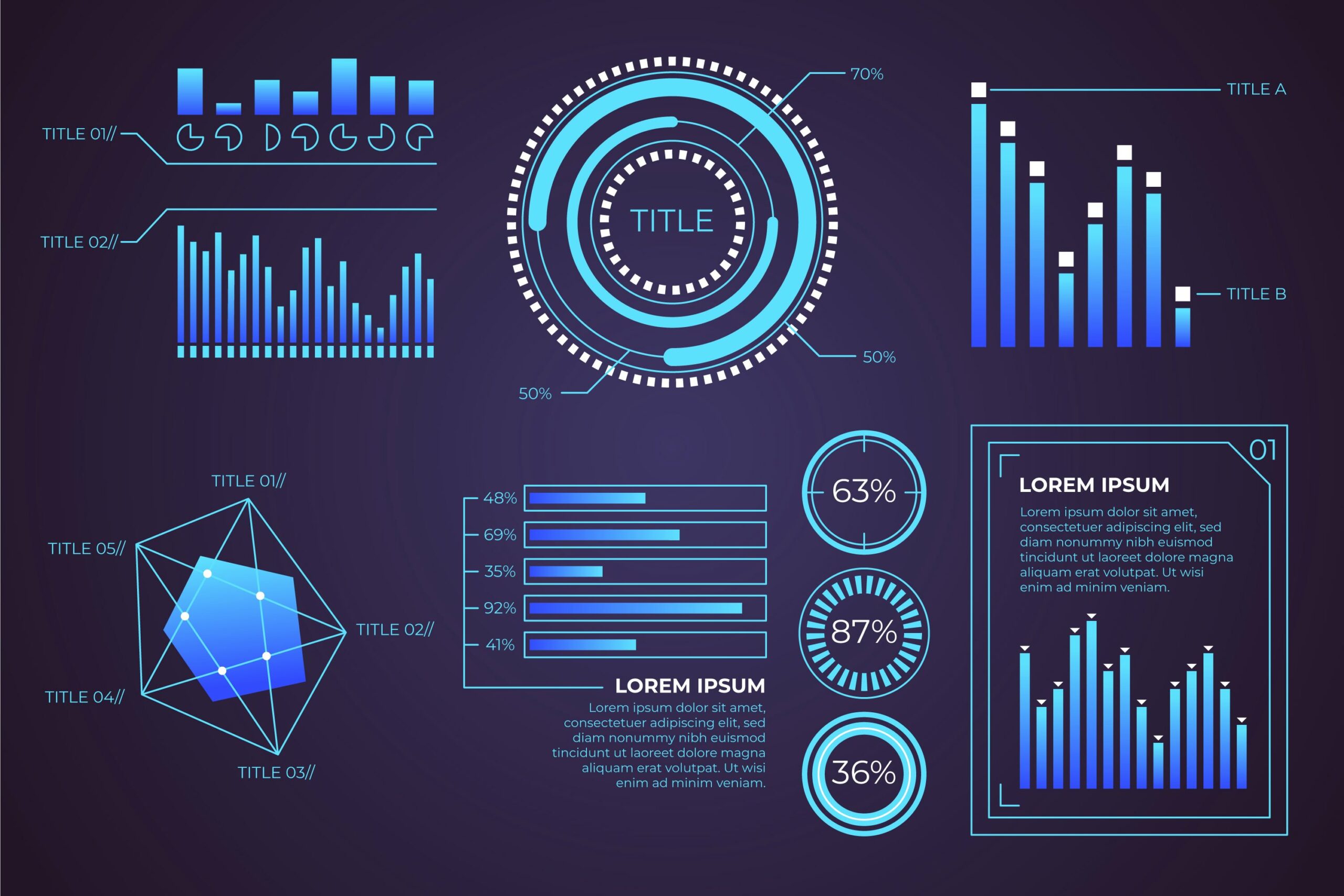Navigating the Data Analytics Journey
The pace of change in the investment landscape continues accelerating, with data and analytics moving center stage as a key competitive differentiator.
However, the shift from intuition-driven to data-enabled decision-making necessitates major mindset and technology transformation within traditional investment firms.
This evolution involves not just adopting isolated tools, but nurturing an ingrained data culture across people, processes and leadership buy-in.
The path requires navigating through an array of technologies, from foundational analytics to cutting-edge AI. Expediting returns on data and analytics investments relies on a strategic roadmap tailored to each firm’s maturity.
Plotting a Structured Course
A structured approach to the data analytics journey allows efficiently investing resources towards maximum impact.
This entails candidly assessing current analytical capabilities, identifying strategic gaps aligned with business objectives, and exploring relevant technologies in a progressive, pragmatic sequence.
Equally crucial is building interconnected tech stacks rather than one-off vanity tools.
For instance, visualizations have limited utility without a reliable database foundation. A cohesive data ecosystem amplifies value extraction at each layer.
Milestone 1: Excel – Instilling Core Analytical Habits
For most investment professionals, Excel forms the daily workhorse for financial modeling, analysis and operational tasks. Mastery of Excel best practices distinguishes the good from great analysts.
Expanding Excel Prowess
- Advanced Analytics: Incorporating statistical add-ins like Monte Carlo simulation empowers risk modeling and forecasting sophistication not possible in vanilla Excel.
- Customization: VBA skills enable developers to code tailored functionality, UDF libraries and process automation bots boosting individual and team productivity.
While Excel remains integral, relying solely on disconnected spreadsheets poses data governance challenges as firms scale. Affordable cloud data warehouses now offer superior version control, security and collaboration.
Milestone 2: Cloud Data Platforms – Unlocking Scalability
Exponentially growing data assets ultimately expose Excel’s limitations in cross-team sharing, governance and compute power.
Transitioning datasets into centralized cloud data platforms like Snowflake empowers easily accessing single sources of truth.
Realizing the Cloud Potential
- Consolidation: Breaking departmental data silos converges analytics into unified views spanning investments, operations, sales etc.
- Agility: Cloud infrastructure flexes to accommodate spiky workloads while automating tedious ETL and warehousing needs.
- Compliance: Mature security, access controls and auditing help navigate regulatory requirements regarding sensitive fund data.
With foundational data management modernized, quants can shift focus from wrangling to extracting insights.
Milestone 3: BI Visualization – Spotting Trends and Opportunities
Raw data tables have limited storytelling ability. Modern BI tools like Tableau visualize complex analyses easily digestible to business teams for quicker, more informed decisions.
Activating Ideal Visualizations
- Interactive Dashboards: Enable intuitive slicing and dicing of asset trends across any dimension like timescale, sector or strategy at native speed.
- Custom Views: Facilitate self-service visibility into portfolio performance, operational KPIs, pipeline health tailored to each department’s analytics requirements.
Advanced visualizations revealing correlations otherwise hidden prepare firms to capitalize on emerging opportunities.
Unifying the Toolkit: Integrations for Seamlessness
Transitioning across Excel, data platforms and BI tools ushers investment firms into higher analytical maturity.
However, the biggest multiplier emerges from extensive automation across layers minimizing friction.
Connecting Systems for Insights Velocity
- APIs and ETL: Pre-built pipelines transport SQL queries into Excel or Power BI dashboards rapidly without manual recreation effort.
- Bidirectional Linking: Enables analysts updating Excel forecast models to automatically sync changes to centralized SQL databases rather than just batch exports.
Accelerating iterations between systems amplifies individual and firm-wide productivity over the long run.
Sustaining Forward Momentum
However, technology alone cannot shift organizational behaviors without an accompanying supportive and collaborative data-focused culture.
Instilling a Data-First Mindset
- Training: Formal and informal analytics education fortifies employee intuition through practice – from Excel skills to querying basics.
- Incentives: KPIs help reinforce desired adoption across decisions, while hackathons spark wider enthusiasm around tools.
- Recruiting: Prioritizing analytical thinking in hiring processes even beyond investment roles cements data centricity over the long term.
Nurturing data fluency and curiosity requires top-down signaling combined with grassroots-led experimentation.
The Path Forward
The data analytics journey for investment firms is undoubtedly arduous yet highly rewarding.
Strategically navigating the technology landscape while transforming culture can unlock immense edge where competitors see only complexity.
Blending today’s pragmatic needs with tomorrow’s possibilities distinguished frontrunners from stagnant firms in the data revolution ahead.

